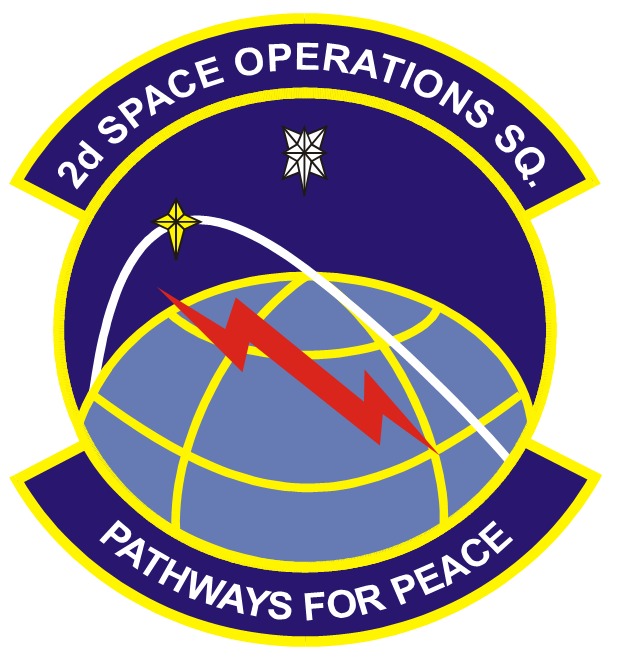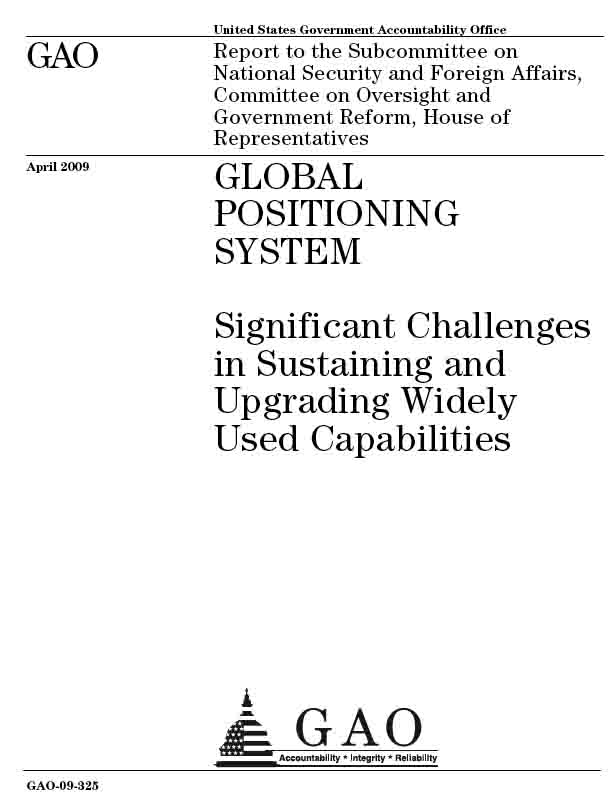
Successful completion today (June 15, 2011) of the rephrasing of the GPS constellation known as “Expandable 24,” has produced the most optimal geometry in the system’s 42-year history, maximizing GPS coverage for all users worldwide.
The 2nd Space Operations Squadron (2 SOPS) of the 50th Space Wing at Schriever Air Force Base, Colorado, successfully executed the two-phase expansion and repositioning of satellites, which improves global GPS coverage and provides a more robust signal and higher probability of signal acquisition in terrain-challenged environments.
Successful completion today (June 15, 2011) of the rephrasing of the GPS constellation known as “Expandable 24,” has produced the most optimal geometry in the system’s 42-year history, maximizing GPS coverage for all users worldwide.
The 2nd Space Operations Squadron (2 SOPS) of the 50th Space Wing at Schriever Air Force Base, Colorado, successfully executed the two-phase expansion and repositioning of satellites, which improves global GPS coverage and provides a more robust signal and higher probability of signal acquisition in terrain-challenged environments.
The GPS constellation consists of 24 operational slots positioned within six equally spaced orbital planes surrounding the earth. Expandable 24 is a U.S. Strategic Command–directed initiative to reposition six satellites in the current GPS constellation.
Given the strength and number of satellites in the current constellation, Air Force Space Command was able to increase the robustness of satellite availability and overall signal in space performance by expanding three of the baseline 24 constellation slots.
Phase one of Expandable-24 began in January 2010 when 2 SOPS performed maneuvers to reposition three GPS satellites, one of which took 351 days to maneuver. The last of the satellites completed repositioning on January 18, 2011. Phase two began in August 2010 when 2 SOPS began maneuvering the final three satellites and completed today when the last satellite arrived at its new location.
"From the planning phases in the fall of 2009 to its completion today, 2 SOPS operators, engineers, analysts and support personnel have done an incredible job in making the Expandable 24 GPS initiative a reality," said Maj. Benjamin Barbour, assistant director of operations. " This is a huge milestone and everyone in the squadron is excited about the accomplishment and proud to have played a part in continuing GPS’s position as the ‘gold standard’ for global navigation space systems."





